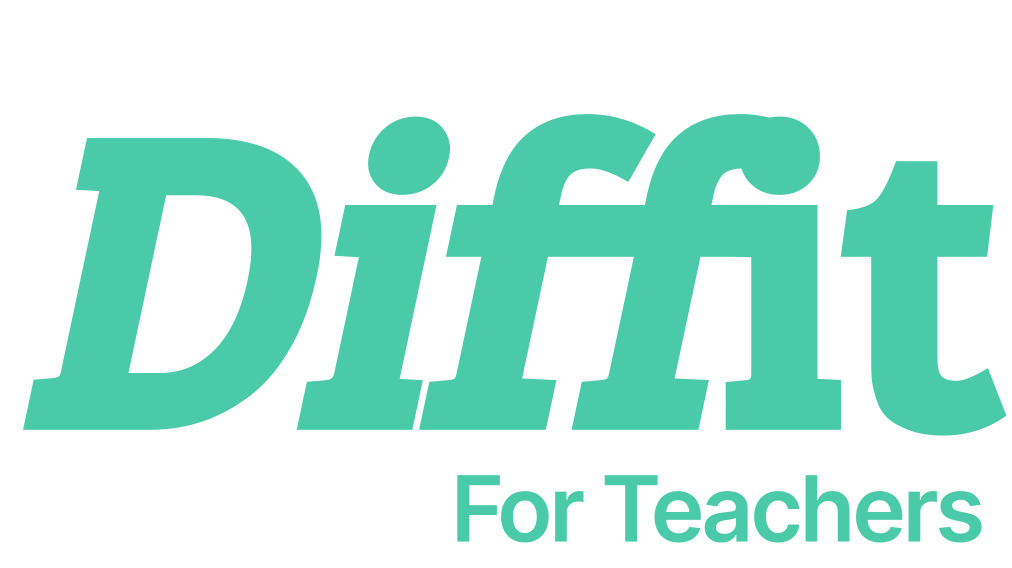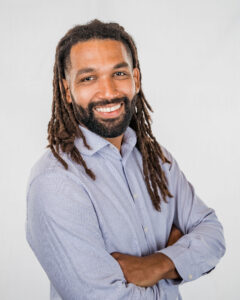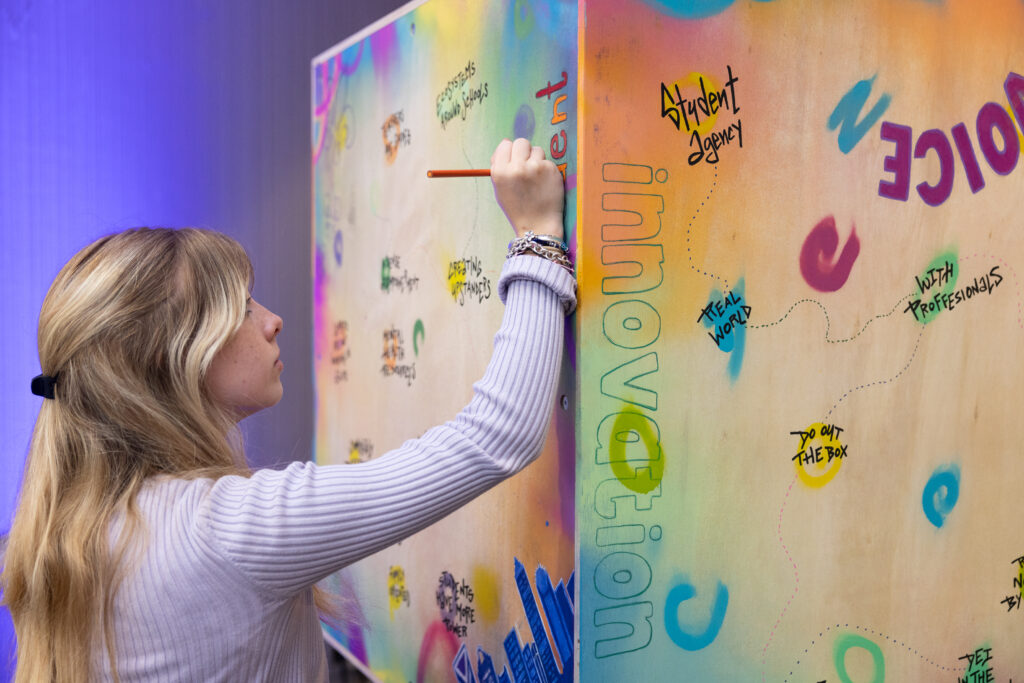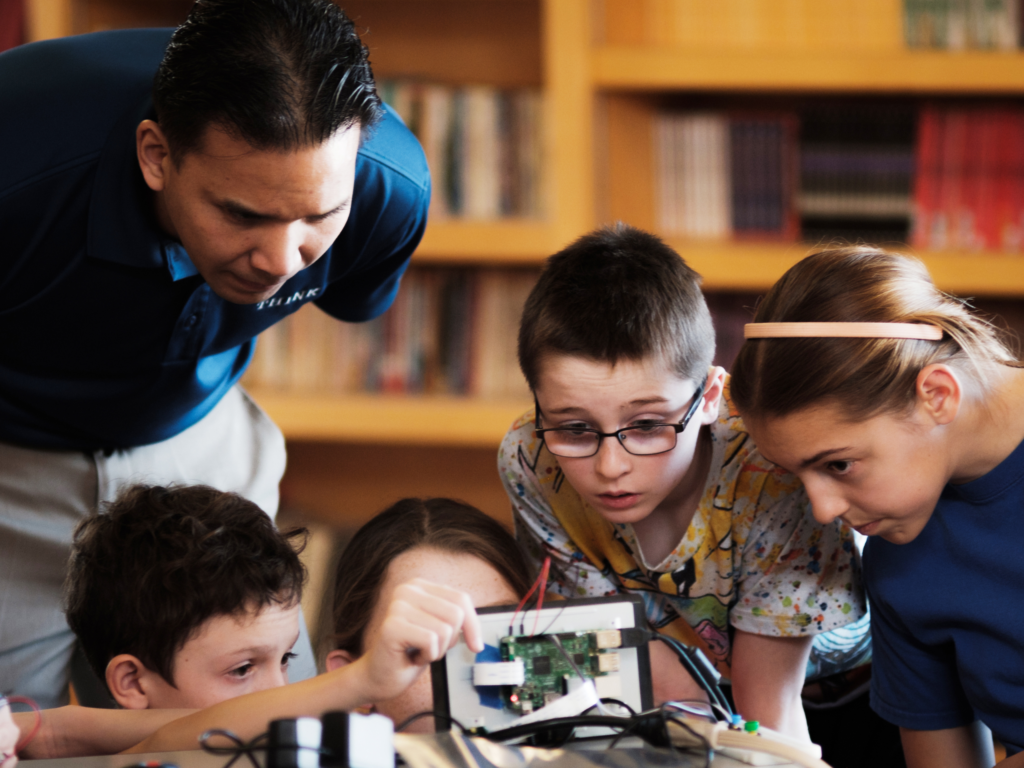Uncertainty about the future of K-12 education has ignited a debate: Should schools prioritize research-based instruction or an engagement-first strategy that centers student enthusiasm and curiosity? Framing these choices as a binary overlooks the important synergy achieved when students are both personally engaged and academically supported. As we chart a collective course for post-pandemic education, it is critical that we neither sacrifice the rigor of learning for engagement nor forgo the humanity of education for the sake of results.
Since 2019, 34 states have passed legislation rooted in the science of reading, reflecting a nationwide commitment to evidence-based practices in foundational learning. This momentum extends beyond reading, with growing interest in similarly research-informed approaches to math instruction. Yet, the drive for academic rigor must not eclipse the importance of re-engaging students in their learning, particularly after the isolating effects of the pandemic. Now that students have returned to school, embracing a more human-centered approach to education — where learning is asset-based, collaborative, and tailored to each student — is not just a compassionate choice; it’s a pragmatic necessity.
The challenge for educators, policymakers, and communities is not choosing between rigor and engagement, but actually integrating both to serve all students effectively. This is especially important for students furthest from opportunity, including students of color, students experiencing poverty, and students with learning differences. The goal should be to engage and empower students, leveraging their unique identities and experiences as strengths to accelerate their learning and growth. This is where generative artificial intelligence (AI) can come in — not as a panacea but as a catalyst to increase access and make engaging, empowering learning experiences a reality for every student.
Innovating with Generative AI: Examples from the NewSchools Portfolio
The NewSchools portfolio includes compelling examples of how generative AI can be a bridge to more personalized, research-based learning experiences. These innovations recognize and harness each student’s unique strengths and interests, offering a glimpse into a future where technology elevates the human aspects of education. In this future, learning environments support students not only as learners but also as creators, critical thinkers, and problem solvers equipped for the challenges and opportunities of tomorrow.
Integrating student interest in phonics lessons
 LitLab uses generative AI to help young readers create their own personalized decodable texts, which are important for learning to read. These texts provide practice that supports each child’s phonics development. By allowing students to create stories about their own topics, LitLab enhances reading practice and fosters student agency. This approach aligns with the science of reading and values students’ choices and interests, boosting motivation and learning. AI’s role here is transformative, turning reading exercises into interactive, student-centered experiences.
LitLab uses generative AI to help young readers create their own personalized decodable texts, which are important for learning to read. These texts provide practice that supports each child’s phonics development. By allowing students to create stories about their own topics, LitLab enhances reading practice and fosters student agency. This approach aligns with the science of reading and values students’ choices and interests, boosting motivation and learning. AI’s role here is transformative, turning reading exercises into interactive, student-centered experiences.
Supporting teachers to extend and strengthen high-quality instruction
 Diffit uses generative AI to help teachers seamlessly create and adapt high-quality instructional materials that enhance student learning. The solution is flexible, saving teachers time while enabling them to expand access to grade-level content across a range of topics, reading levels, and languages. In addition, the tool extends learning through activities that encourage connections to students’ lives, offer multiple means of expression, and invite discussion and collaboration across peers.
Diffit uses generative AI to help teachers seamlessly create and adapt high-quality instructional materials that enhance student learning. The solution is flexible, saving teachers time while enabling them to expand access to grade-level content across a range of topics, reading levels, and languages. In addition, the tool extends learning through activities that encourage connections to students’ lives, offer multiple means of expression, and invite discussion and collaboration across peers.
Activating families to propel reading and math growth
Paloma Learning uses generative AI to bolster family engagement in students’ academic journeys, which research shows is critical for student success. This solution helps families build and sustain a simple yet powerful habit of daily, at-home tutoring. Personalized communications and resources empower caregivers to play a more active and informed role in their children’s learning, bridging the gap between home and school to support student growth in reading and math.
As we consider the possibilities of generative AI, we should carefully balance the urgency of the moment and the necessity to go slow and get it right. Introducing AI into education comes with significant risks. It is critical that developers, educators, and leaders center student well-being and ensure that AI-powered solutions are implemented equitably, ethically, and in alignment with students’ academic and social-emotional growth.
We don’t have to choose between rigor and engagement. Instead, we can work toward a K-12 education system that is both deeply human and highly effective, where generative AI serves as a bridge between these two critical educational needs, and ensures our approaches are as diverse and visionary as the students we serve.

Cameron White
Cameron is a Senior Partner at NewSchools. He leads a team that invests in learning solutions designed to improve K-8 reading and math outcomes. These efforts aim to benefit millions of students who are furthest from educational opportunities, specifically targeting students of color, those experiencing poverty, and students with learning differences.



